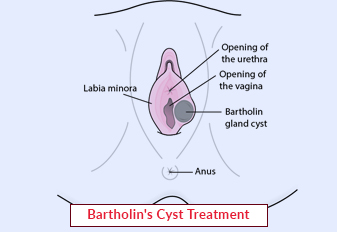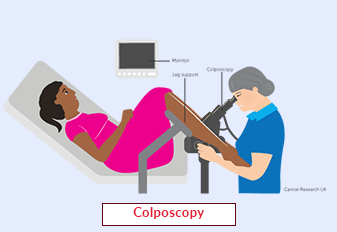Vaginectomy

Vaginectomy is a surgical procedure that involves the removal of all or part of the vagina. It is performed for various medical reasons, including the treatment of certain gynecological conditions or as part of gender-affirming surgeries. This article provides an overview of vaginectomy, the reasons it may be performed, and the procedure involved.
Vaginectomy is a surgical procedure that can be performed in different ways, depending on the specific condition being treated or the purpose of the surgery. It may involve the complete removal of the vagina (total vaginectomy) or the removal of a portion of the vaginal canal (partial vaginectomy).
Book an AppointmentAbout Vaginectomy
Vaginectomy may be performed for various reasons, including:
-
Vaginal cancer: In cases of vaginal cancer, vaginectomy may be necessary to remove cancerous tissue and prevent the spread of the disease.
-
Gender-affirming surgery: Vaginectomy is a component of gender-affirming surgery for transgender men or non-binary individuals assigned female at birth who desire the removal of the vagina as part of their transition process.
-
Vaginal reconstruction: In cases of vaginal agenesis (absence of the vagina) or vaginal stenosis (narrowing of the vaginal canal), vaginectomy may be performed as part of vaginal reconstruction procedures.
-
Pelvic organ prolapse: In severe cases of pelvic organ prolapse, where the vaginal tissue is significantly affected, vaginectomy may be performed as a treatment option.
It's important to note that the specific reasons for vaginectomy may vary depending on individual circumstances and medical needs.
Procedure of Vaginectomy
The procedure for vaginectomy may vary depending on the extent of the surgery and the underlying condition. However, in general, the steps involved in vaginectomy may include:
-
Preoperative preparation: The healthcare team will provide instructions for preoperative preparations, which may include fasting and discontinuing certain medications.
-
Anesthesia: The patient will be administered anesthesia to ensure comfort during the surgery. The type of anesthesia used (general or regional) will be determined based on the specific case.
-
Incision and tissue removal: The surgeon will make incisions in the vaginal area and carefully remove the targeted portion of the vagina or the entire vaginal canal, depending on the procedure.
-
Closure and reconstruction: After the removal of the vaginal tissue, the surgeon may reconstruct the remaining structures, such as the pelvic floor muscles or other adjacent tissues, to provide support and restore functionality, if necessary.
-
Closure of incisions: The incisions made during the surgery will be carefully closed with sutures or other appropriate closure techniques.
-
Postoperative care: The patient will be closely monitored in a recovery area and provided with postoperative care instructions, including pain management, wound care, and activity restrictions.
Require Assistance?
Get A Quick Callback From Our Healthcare Experts






